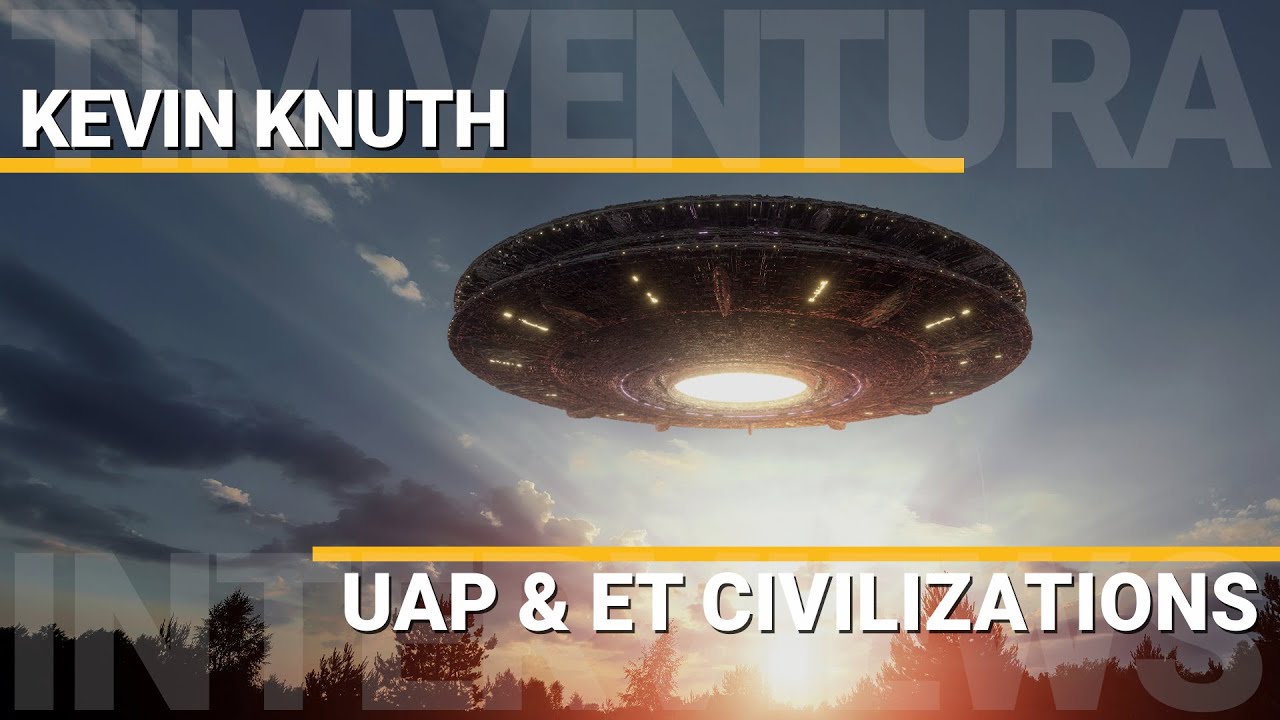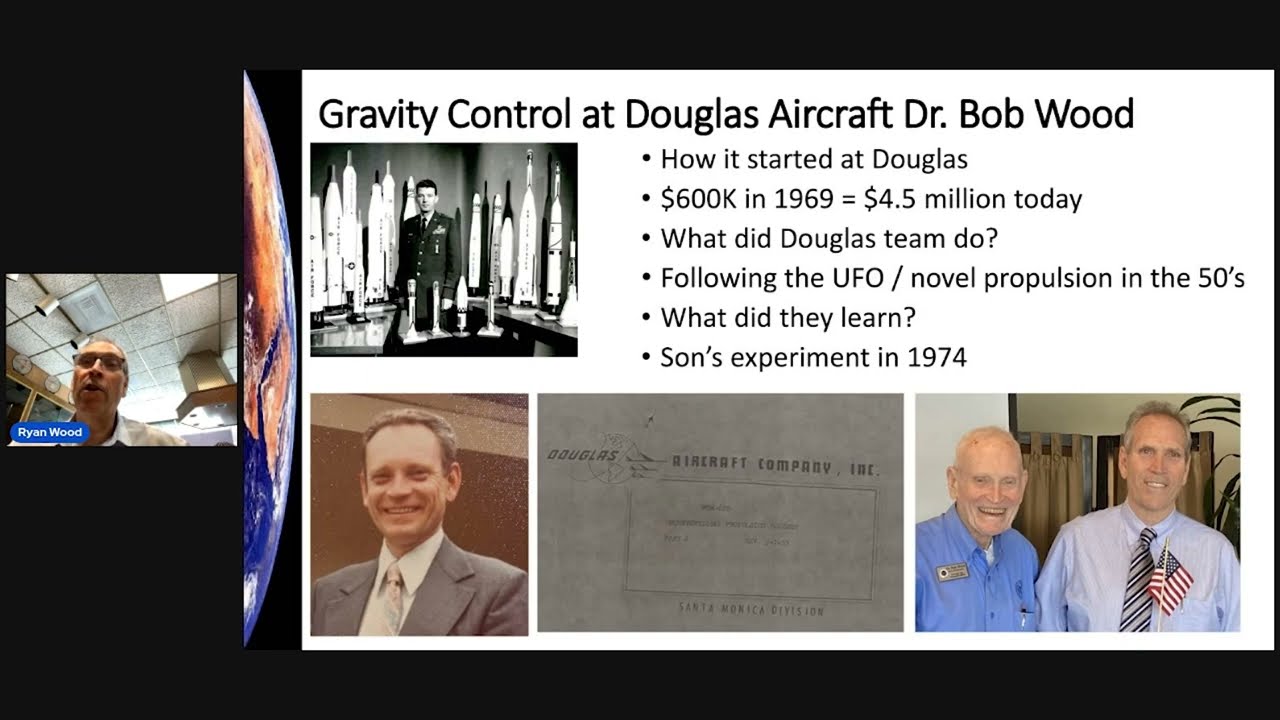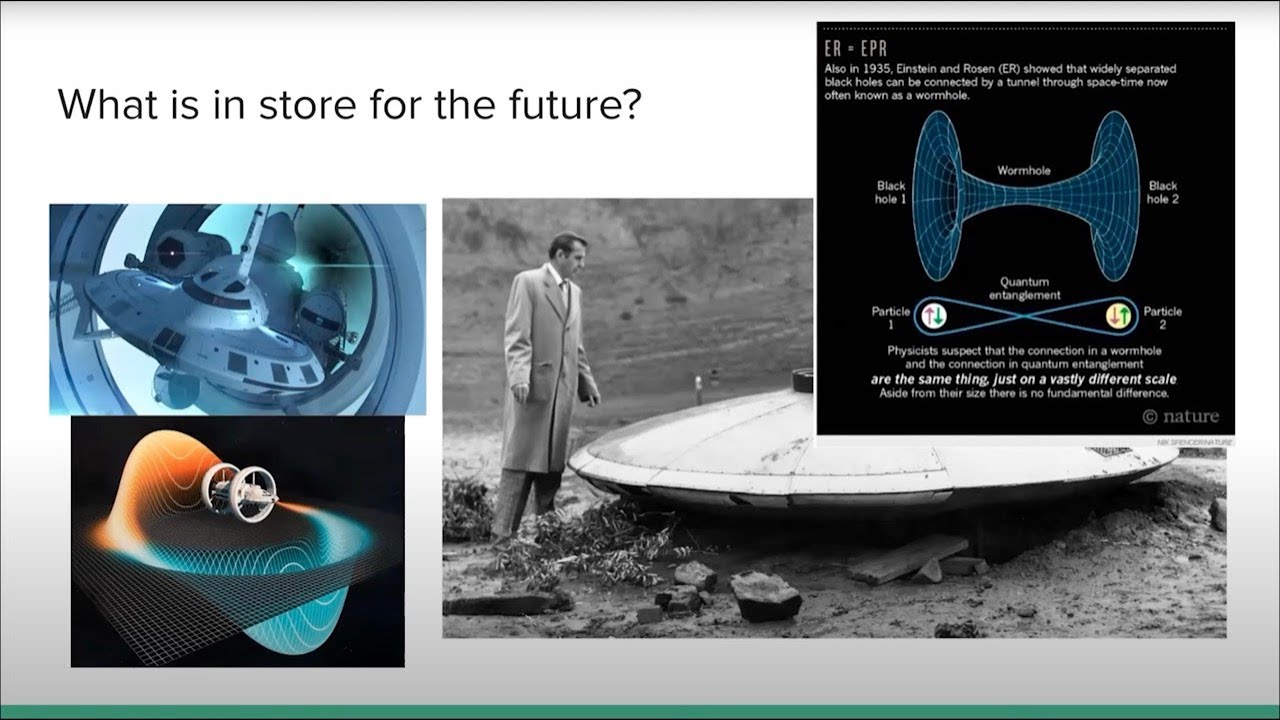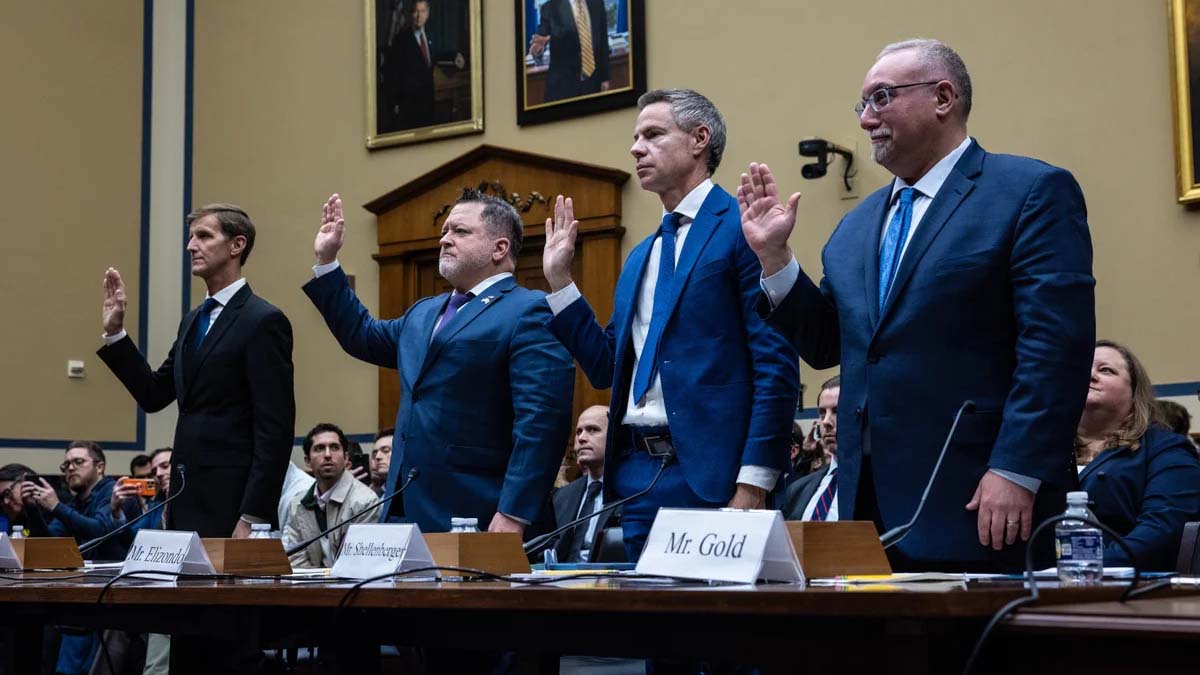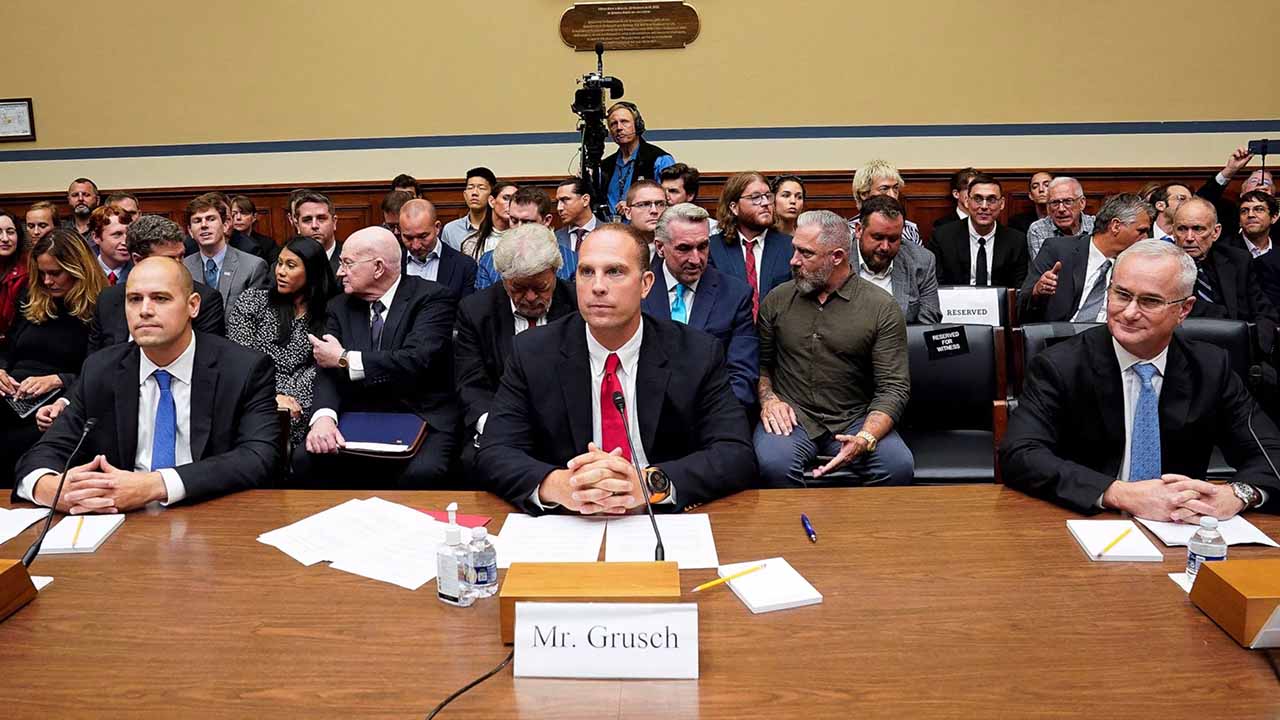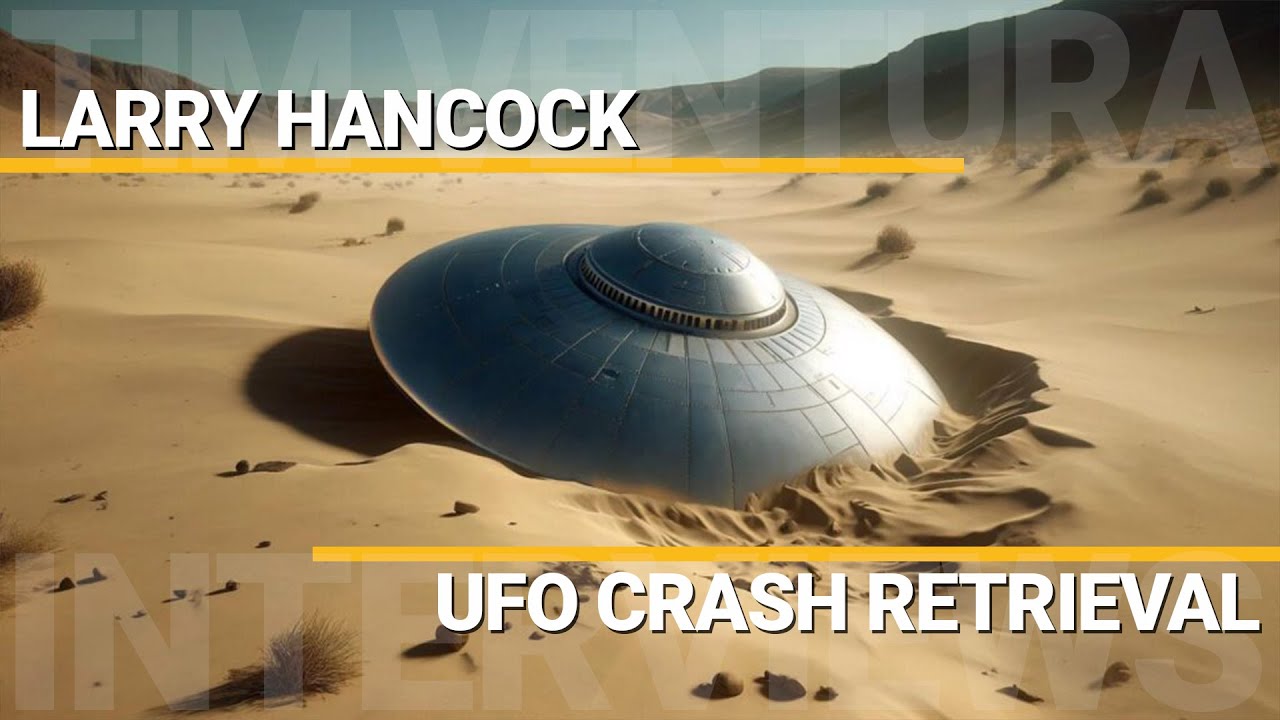UAP Phenomena: A Serious Look
Dr. Garry Nolan takes a serious look at UAP Phenomena, including UFO abduction reports, the Atacama skeleton, NDAA 2023 & AARO, the “Brazil Magnesium” sample, and what the ultraterrestrial hypothesis could mean in terms of human evolution. Dr. Nolan discusses the accelerating investigation into Unidentified Aerial Phenomena (UAP), and highlights the challenges of data sharing within the new interagency task force, the need for measured expectations amidst public excitement, and the importance of distinguishing intellectual from emotional acceptance of UAP. He recounts his involvement in analyzing the Atacama “alien” and his subsequent engagement with prominent UAP researchers like Jacques Vallée and Kit Green.
The discussion covers various aspects of UAP research, including the lack of evidence for UAP-induced genetic changes in humans, the need for a methodical approach to investigating abduction reports, and the analysis of anomalous materials, such as magnesium samples with unusual isotope ratios. Dr. Nolan emphasizes the importance of rigorous scientific methodology, peer review, and transparent communication, particularly in light of international collaborations and the potential for misinterpretations of scientific uncertainty. He also touches upon more speculative concepts, such as “ultra-terrestrials,” von Neumann probes, and the extreme maneuverability of observed UAP, advocating for a shift in focus from outdated narratives towards a more data-driven approach.
The Unexpected Acceleration of UAP Research
Dr. Nolan, a highly respected scientist with an impressive background in academia and industry, highlights the unprecedented acceleration of UAP investigations. The formation of interagency task forces represents a monumental shift, signaling a willingness to seriously consider previously dismissed phenomena. However, he cautions that challenges remain, particularly regarding data handling and inter-agency information sharing. While optimistic about the progress, he stresses the importance of measured expectations and avoiding premature conclusions. The recent confusion surrounding weather balloons misidentified as UAP serves as a stark reminder of the need for careful analysis and clear communication.
Beyond the Hype: A Scientist’s Approach to UAP
Dr. Nolan’s journey into UAP research wasn’t a sudden leap. His involvement stemmed from investigations into seemingly unrelated cases, such as the Atacama “alien” and Havana Syndrome. While neither directly involved UAP, these experiences fueled his interest in applying rigorous scientific methods to the study of unexplained phenomena. His interactions with leading figures in the UAP field, including Jacques Vallée, Eric Davis, Hal Putoff, and Kit Green, significantly broadened his understanding and expertise. His work with Kit Green on Department of Defense patients, many experiencing Havana Syndrome and some encountering unexplained anomalous interactions (as detailed in “Skinwalkers at the Pentagon”), further solidified his commitment to this area of research.
Addressing the Elephant in the Room: Abductions
The conversation inevitably turns to the controversial topic of alien abductions. Dr. Nolan acknowledges the subjective nature of these experiences but emphasizes the importance of treating them as valuable data points, particularly when corroborated by multiple sources. He highlights the need to apply the same rigorous scientific standards to these accounts as to any other data set, referencing the work of John Mack on mass hypnosis and delusion. The key, he stresses, is repeatability and the careful analysis of consistent patterns.
Material Evidence and International Collaboration
A significant portion of the discussion focuses on material analysis. Dr. Nolan details the analysis of magnesium samples from the Utabuba event in Brazil, revealing unusual isotope ratios in one sample compared to a control. This finding, obtained using a nanoSIMS instrument under identical conditions, suggests artificial manipulation, pointing towards an engineered or industrial origin. The documented chain of custody adds significant weight to this circumstantial evidence. This case underscores the need for reevaluating past data in light of increased UAP acceptance and the importance of international collaboration to overcome language barriers and facilitate data sharing. The San Marino initiative (Project Titan) and increased US transparency are highlighted as potential catalysts for global cooperation.
Separating Fact from Fiction: The Role of Peer Review and Public Understanding
Dr. Nolan emphasizes the crucial role of peer review in validating the scientific process, even if it doesn’t guarantee the absolute truth. He stresses the importance of scientists clearly communicating uncertainties to the public, avoiding speculation and hype. He uses the example of a peer-reviewed paper on UAP material to illustrate this point. The public, he argues, needs a better understanding of scientific uncertainty and the nuances of scientific language.
Exploring the “Ultra-Terrestrial” Hypothesis and Beyond
The conversation explores more speculative ideas, including Eric Davis’s “ultra-terrestrial” hypothesis – the concept of entities existing far longer than human civilization, challenging our assumptions about Earth’s ownership. Dr. Nolan also discusses Jacques Vallée’s ideas of interdimensionals and control theory of reality, acknowledging the possibility of phenomena beyond our current understanding. He dismisses arguments against interstellar travel based on the possibility of long-term presence and the concept of von Neumann probes – self-replicating machines capable of galactic exploration. He even touches upon his advisory role with Avi Loeb’s Copernicus Space Corporation, which is developing probes for Mars with self-replication capabilities.
The Future of UAP Research
Dr. Nolan concludes by emphasizing the need for a shift in focus from mid-20th-century preconceptions of “little gray men” towards a more data-driven approach focusing on machine intelligence and hybrid systems. He anticipates future research will delve deeper into the technological capabilities of UAP, their potential for extreme speed and maneuverability, and the implications of their observed behavior.
Dr. Nolan’s insights offer a refreshing perspective on UAP research, emphasizing the importance of rigorous scientific methodology, international collaboration, and clear communication with the public. As the field continues to evolve, his approach serves as a model for navigating the complex intersection of science, speculation, and the unknown.
Register For UFORev
Want to see more great UFO Reverse Engineering stories? Sign up for our mailing list to get exclusive access to captivating presentations, engaging events, and more!
RECENT POSTS
UAP & Extraterrestrial Civilizations
May 2, 2025
Antigravity & UFO Reverse-Engineering Black Projects
August 3, 2024
UAP Technical Briefing
January 8, 2023
Congressional UFO Hearing with Lue Elizondo
May 4, 2025
Congressional UFO Hearing with David Grusch
May 3, 2025
The Long History of UFO Crash Retrieval
May 2, 2025
